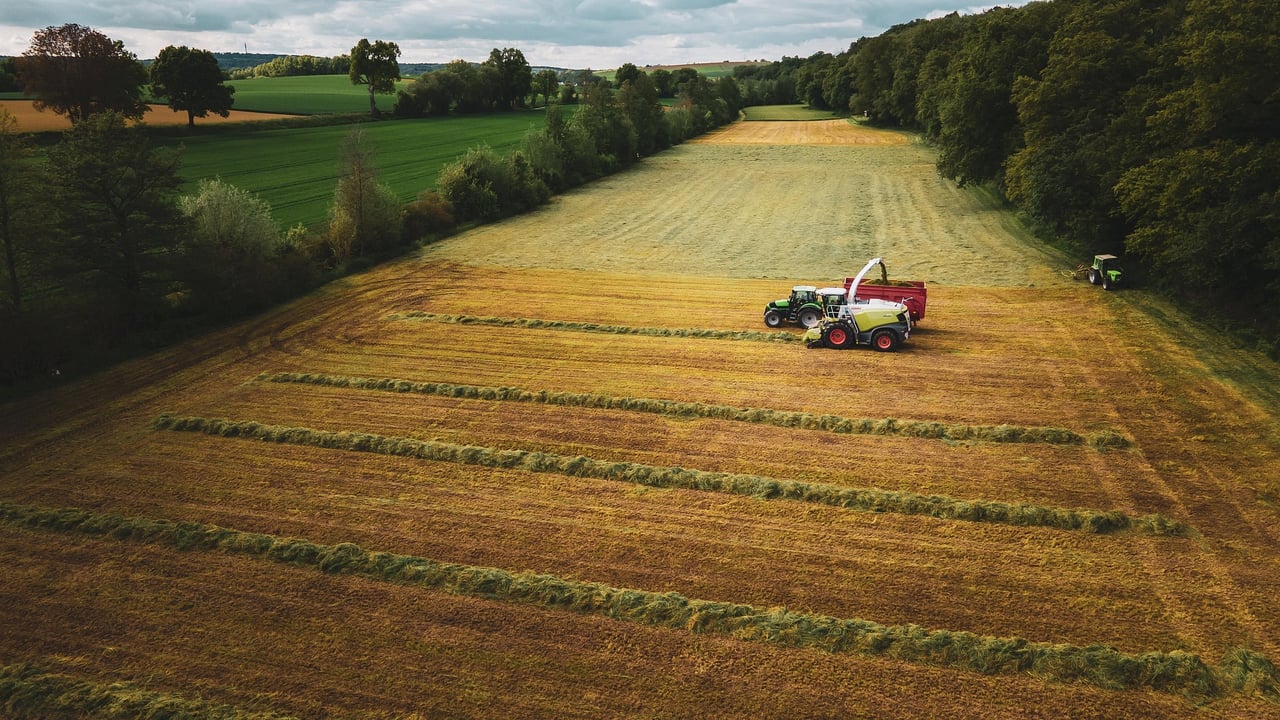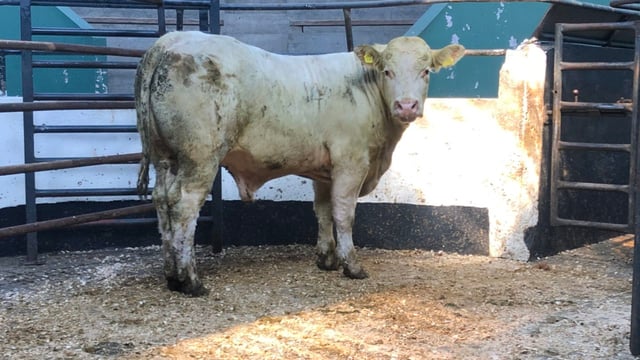Dairy advice: Time for a winter fodder budget
Unfortunately, farmers must start looking ahead to the upcoming winter months and create a fodder budget to ensure they have adequate feed for the housed period.
Although it has been a good year for silage with many farmers finishing up their second cut this week, many first cuts were lighter than usual back in May.
However, a lot of farmers would agree this first cut was taken earlier than usual, leaving good growth periods for their second cuts and even third cuts in some places.
Farms that do have the opportunity to take third cuts towards the end of August are advised to do so in an effort to build up silage reserves, but they must remember not to impair grass availability for autumn grazing.
Farmers are being reminded to take advantage of August growth as demand drops, to extend the grazing season right through until November, as each day at grass in autumn is worth roughly €2 per head.
If farmers cannot extend their grazing season, cows will be housed early and fed more expensive diets of silage and meal while milk production and fodder reserves deplete.
Farmers should aim to have an extra two to three bales per cow in reserve, equating to a surplus of 400-600kg dry matter (DM)/cow.
Farmers should be targeting over 72% dry matter digestibility (DMD) for their dairy herd and replacements for the housed period.
For the 10-12 weeks where cows are dry, anything around the 68% DMD mark will suffice. Adjust diets to match correct body condition scores (BCS).
To calculate how much feed is required, multiply the number of livestock x number of months housed x quantity needed.
The following table outlines how many tonnes of pit silage are needed per animal per month;
| Animal type | Tonnes/animal/month |
|---|---|
| Dairy cows | 1.6 |
| Suckler cows | 1.4 |
| 0-1 year-olds | 0.7 |
| 1-2 year-olds | 1.3 |
| 2+ year-olds | 1.3 |
If using bales, multiply tonnes x 1.1 to get the total needed.
Farmers are advised to always plan for housed periods of five months, especially depending on the area of the country they are in.
As well as housing, farmers should have fodder reserved for springs like this year, where grazing conditions were optimal but grass availability was poor.
To assess their existing feed stocks, farmers can assume that each bale of silage is approximately 0.2t DM, while every cubic metre of pit silage can be converted to tonnes DM using the following conversions:
- 20% DM x 0.15
- 25% DM x 0.17
- 30% DM x 0.18
To measure the amount already in silage pits, calculate the length x width x average settled height in metres, and divided that number by 1.35 to get the amount in tonnes.
For the meantime, farmers must continue to carry out regular farms walks to ensure they are meeting target pre-grazing yields of 1,300-1,400kg/DM/ha.
This will allow them to correct grass quality ahead of next month, ensuring good productivity.





